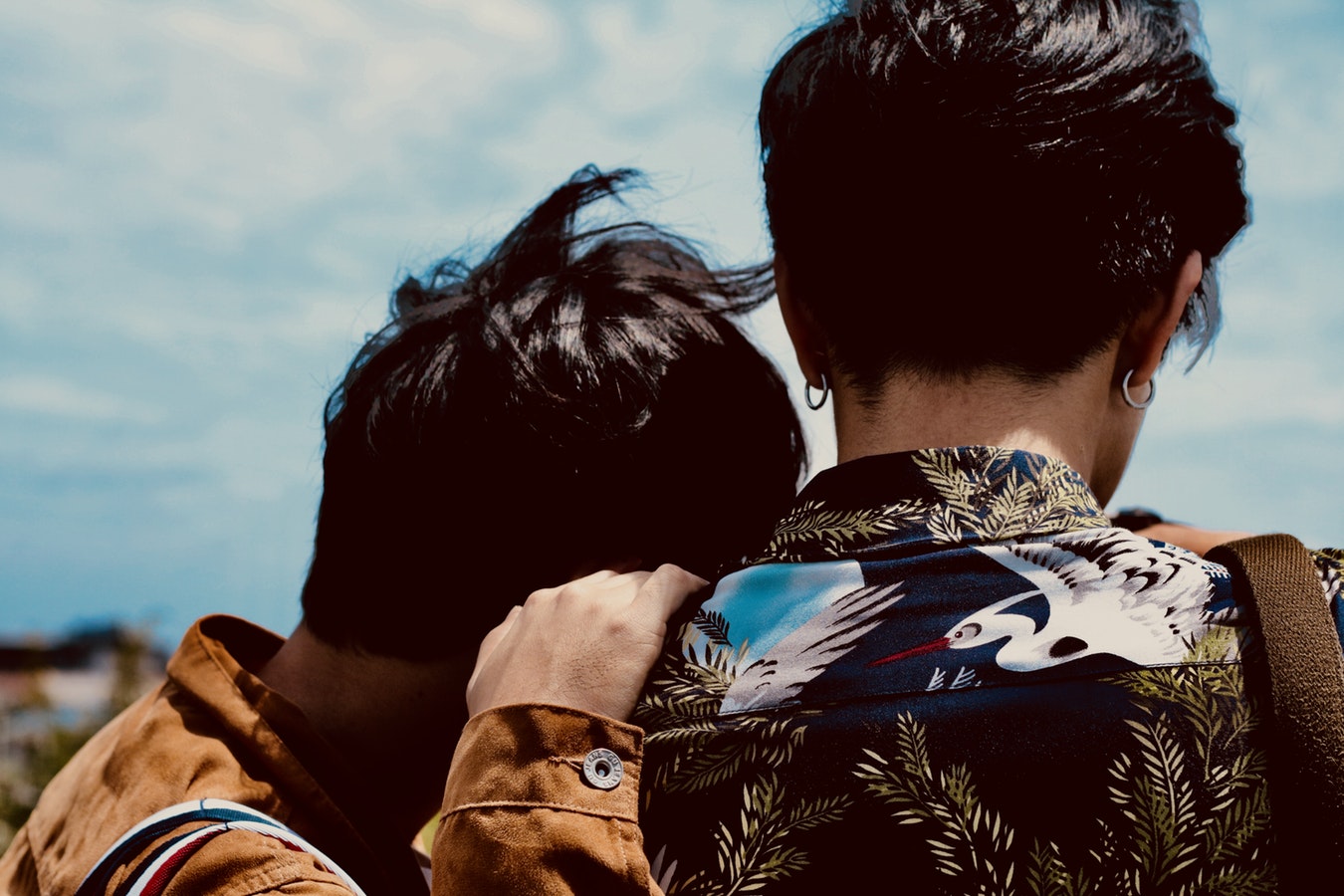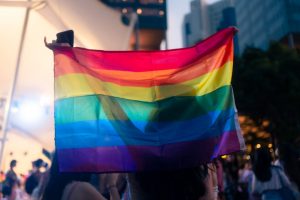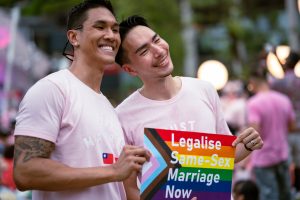They dress the same, eat the same, and even date the same. They install Tinder on their phones, go on a few dates, then settle down with their third match and have boring vanilla (missionary) in their Punggol BTO until the day they die.
Odds are, their favourite flavour of ice cream is also actually vanilla.
The term “Vanilla” is often used in jest by gay people on straight people. All you need to do is to download the Grindr app like I did to understand why they’re more “Neapolitan”.
Within five minutes, I received no fewer than three sexual propositions from men in my vicinity. As Captain Vanilla exclusively wears boat shoes on dates, I was almost jealous. Cruising as a gay man was almost too easy, especially with Grindr.
Then, a thought popped into my head. What did gay men in Singapore use to do before Grindr was conceived? Aside from online forums and chat rooms, such as Fridae and Trevvy, how did they identify and hit on other gay men?
With society not being as open-minded as it is today, along with negative stereotypes of gay men due to the AIDS scares in the 80s, being covert would have been key.
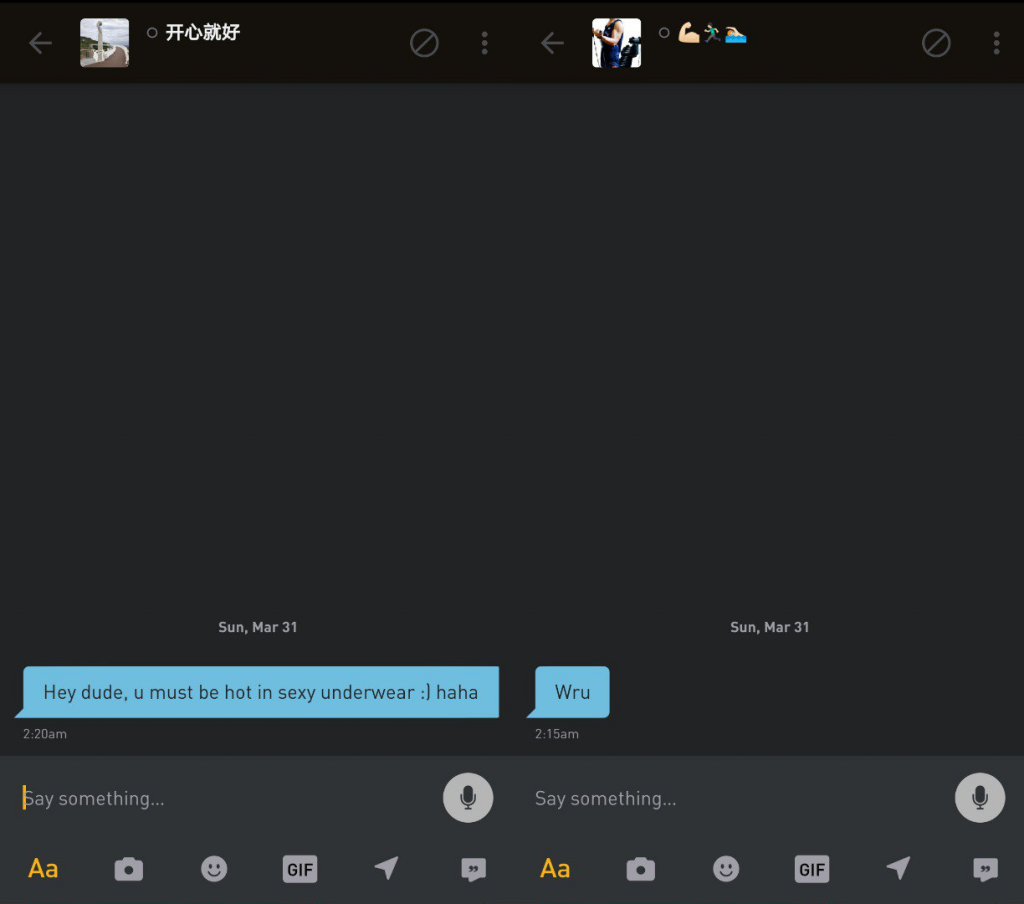
“They would take me to old cruising grounds like Plaza Singapura or Raffles City, and point out men who were cruising there, telling me what to look out for,” he says, referring to non-verbal cues that were used by these men.
Some methods to indicate interest included “the loitering, the furtive glances, circling around each other, the momentary meeting of gazes that lingered longer than casual scanning, the almost imperceptible head nod, the slight smile, the tilt of the head that indicated the direction of the toilet”.
Back then, people would wear an earring on their right ear, or have a coloured handkerchief hang off the back of their jean pocket as a way to indicate to other gay men that they were gay too. The handkerchief code went a step further than the earring: different colours indicated a different preferred sexual activity, and placement on the left or right back pocket indicated if you were a “Top” or a “Bottom” respectively.
Aside from the logistical purpose these codes served, they were also necessary due to societal and even familial disapproval of homosexuality.
“Back then, there were many more instances of getting harassed, so it wasn’t safe to come out in a public way. I would also hear horror stories of men being thrown out of home after coming out to their families.”

He would head to these “hunting grounds” at Plaza Sing and Raffles City despite his tender age. For him, it wasn’t so much about finding someone to cruise with, but rather, to be in one of the few places where he could feel safe with other people like him.
“I wouldn’t even be looking for love or sex. It was more like I wanted to find others like myself so that I could discover myself in a communal way.”
One of the more obvious shortcomings of the non-verbal cues is that they can be very easily misconstrued, unlike text messages sent on Grindr, which leave nothing up in the air.
Glenn shares, “When you say top or bottom, it’s easy to interpret because it’s fairly universal lingo that can be resolved with a google search. However, a look, a nod, or a tilt could be subject to second-guessing and fear which often complicates that interpretation.”
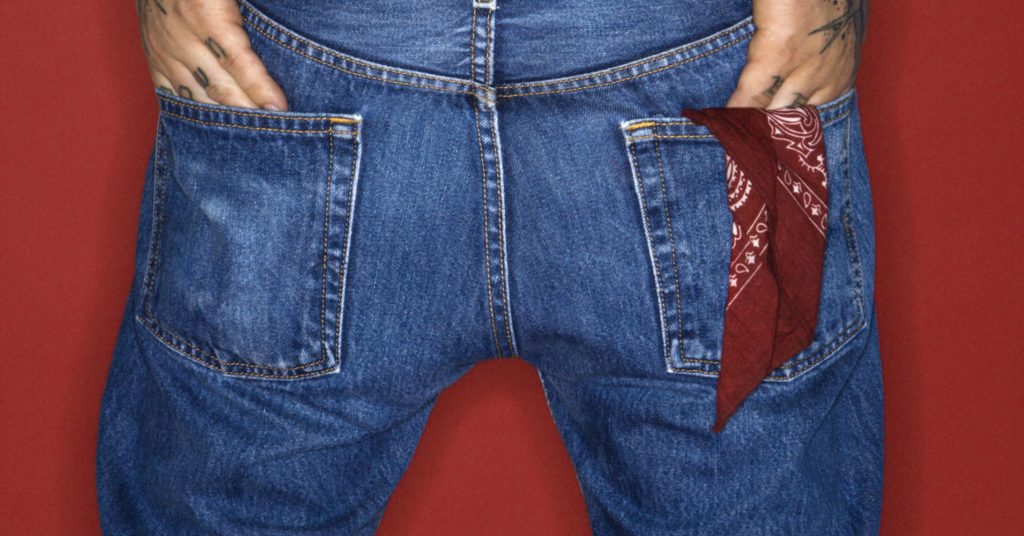
“I heard that Ann Siang Hill used to be the hot spot for gay cruising,” he laughs.
“There are also the risks involved with this dangerous method of meeting people, and I’ve heard stories of people getting drugged or raped. Most victims don’t report it to the police because being gay was far more stigmatised then.”
Chris raises the point that potential prosecution could’ve been a deterrence for victims to report the crimes—a direct reference to Section 377A of the penal code here in Singapore.
Luckily for Chris, he has lived in a more tolerant society for much of his life, and is comfortably out amongst all his friends and most of his family. Yet, this wasn’t necessarily always the case.
One of Grindr’s functions is the Discreet App Icon (DAI) option that users can utilise. When checked, DAI transforms the standard Grindr icon into something a little more innocuous, and the app would sit on the app gallery on their phones, disguised as calendar or notes app.
“When I wasn’t out to my friends yet, I hid the app on the last page of my phone, in some folder called Dictionary. Thankfully, my parents weren’t too tech-savvy so even if they saw the Grindr icon they wouldn’t even know what it was,” he laughs.
“As I grew older it got easier, and I was more comfortable with myself. I’m now at a point where if someone asks me nicely, and I’m comfortable with him or her, then I’d be willing to share.”
This confidence in his self-identity was nurtured by his experience in Grindr, where he felt accepted. The sheer amount of people on the app also helped him realise his sexuality was nothing to be ashamed of.
“It was comforting to know that I wasn’t alone. It was some sort of a safe haven for me, especially so when I was younger. It’s also a good tool for networking as well because it’s hard to know who around you is gay, so the app really helps.”
“Plus, it felt nice to be ‘wanted’ and receive same-sex attention as well,” he chuckles.
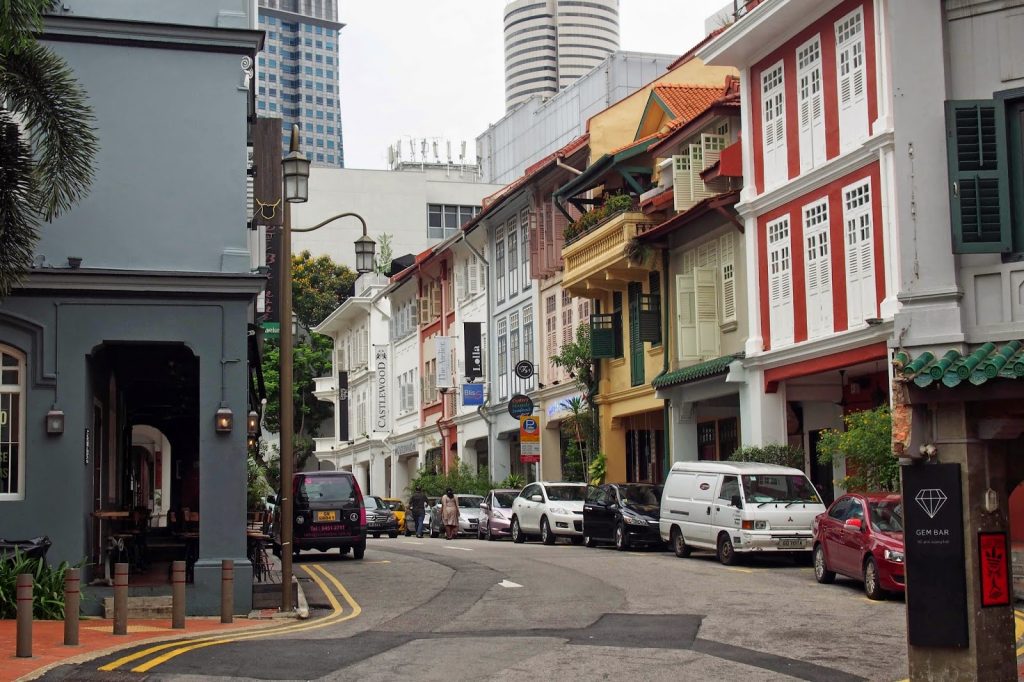
Even then, society still has big strides to make in order to be truly tolerant and accepting. In an Ipsos survey done in September of last year, results showed that 55% of Singaporeans were still for Section 377A of the penal code.
Moreover, “the government is in the middle”, as Minister for Law and Home Affairs K. Shanmugam stated last year. But when the authorities hesitate from taking a stand on the issue of criminalising homosexual activity, this inadvertently reinforces discrimination against the community.
It is institutional problems like this which hold back humanity, and take away the courage of a Grindr user in posting a display picture with his face. It is also the same reason why men who were drugged or raped while cruising would much rather stay silent than face the wrath of society’s judgement, or worse, prosecution.
Hopefully, one day we will all be able to live in a discrimination-free world, where none of us has to hide behind discreet hand signs or gestures, or faceless display pictures on apps like Grindr.
